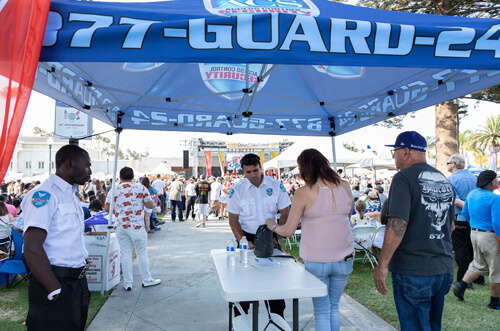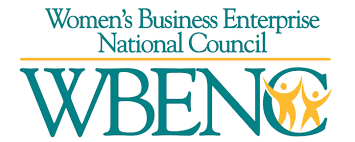
Patron Screening Guidelines From Homeland Security
By now, we’re used to going through a screening checkpoint whenever we enter a stadium, concert venue, outdoor event or office building. In order for these screenings to be effective, those in charge of security must not only make sure that prohibited items are not allowed to enter, but the screening process runs smoothly so guests can enter the venue without delay.
The U.S. Department of Homeland Security put together a best practices guide to help management companies with their patron screening measures. Here are some of the highlights from the guide.
Create A Plan. Patron screening procedures should be a part of a venue’s overall security plan. The plan should include how to interact with individuals being screened; how to identify prohibited items during screenings; and how to respond to items discovered during screenings.
Respect Guests’ Personal Rights. Security personnel must conduct their inspections with respect toward the guests’ dignity and legal rights. In no circumstance shall the inspections be conducted in a discriminatory manner or pattern.
Public Awareness. Venues should make patrons aware, prior to ticket purchase or entrance, that they will be searched before entering the venue and failure to allow screening will result in denial of entry. This language must be clearly stated. By improving a patron’s understanding of security requirements, venues can reduce the amount of time patrons spend at checkpoints.
What To Look For. Screeners should look for suspicious items that could be assembled into a harmful device. A good general principle is that suspicious items usually seem out of place in possession of the patron entering the venue. The discovery of illegal items should immediately prompt notification of security staff and law enforcement. Event security guard staff should escort the patron with the illegal item away from the patron screening area to a supervisory location until law enforcement arrives. At the discretion of law enforcement, security may hold the item or return the item to a location of the patron’s choice away from the venue (e.g., temporary storage if available or the patron’s vehicle.
The Patron Screening. Screeners should always greet the patron, make eye contact and remain courteous. The patron should be asked whether it is okay to be searched. If patrons refuse, they should be informed of the screening policy. If they still refuse, they should be directed away from the venue via a separate exit line. The screener should ask if the patron has removed all metal objects before the search begins.
Walk through metal detectors (WTMDs) are an option for patron screening. They allow facilities to screen patrons quickly and effectively, while maintaining a level of efficiency.






Leave a Comment